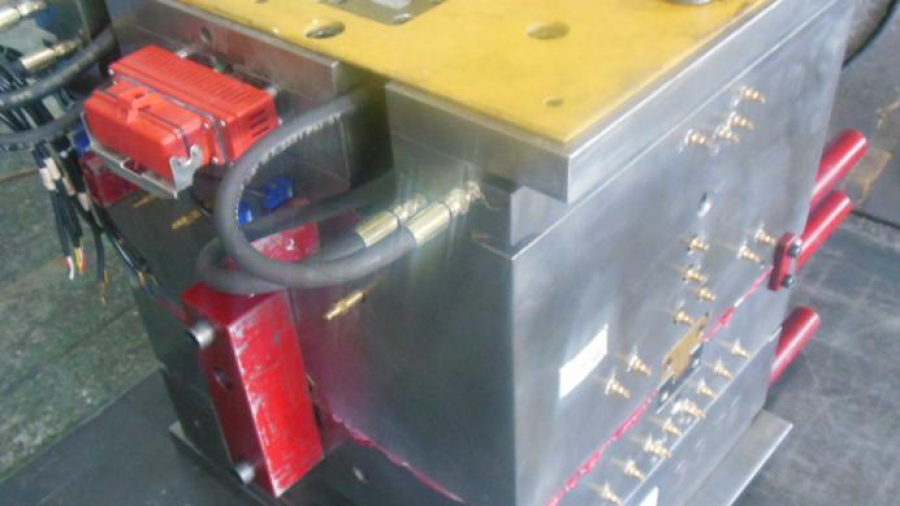Introduction to Injection Moulding
Injection molding is a manufacturing process that creates parts by injecting material into a mold. This technique is widely used in various industries, including automotive, consumer goods, and medical devices. Understanding the nuances of this process can help businesses make informed decisions when sourcing their products.
What is Injection Moulding?
Injection molding involves several key steps:
- Material Selection: Choosing the right material is crucial. Common materials include plastics like ABS, polycarbonate, and polypropylene.
- Mold Design: A well-designed mold is essential for producing high-quality parts. It involves considerations like cooling channels and ejection mechanisms.
- Injection Process: The material is heated until it becomes liquid and then injected into the mold under high pressure.
- Cooling: Once the material fills the mold, it cools and solidifies into the desired shape.
- Ejection: Finally, the molded part is ejected from the mold, completing the cycle.
Benefits of Injection Moulding
Injection molding offers numerous advantages:
- Efficiency: The process allows for high-volume production, making it cost-effective for large runs.
- Precision: Molds can produce parts with tight tolerances, ensuring quality and consistency.
- Material Variety: A wide range of materials can be used, enabling flexibility in design and application.
- Complex Shapes: Injection molding can create intricate designs that may be difficult or impossible to achieve with other methods.
Applications of Injection Moulding
Injection molding is utilized across various sectors:
- Automotive Industry: Components like dashboards, bumpers, and interior trims are commonly produced using this method.
- Consumer Products: Items such as containers, toys, and household appliances often rely on injection molding for mass production.
- Medical Devices: Critical components in medical devices, such as syringes and housings, benefit from the precision of injection molding.
Key Considerations When Choosing a Supplier
Selecting the right injection molding supplier is vital for success. Here are some factors to consider:
- Experience: Look for suppliers with a proven track record in your industry.
- Capabilities: Ensure the supplier has the necessary technology and expertise to meet your specific requirements.
- Quality Assurance: A strong quality control process is essential to guarantee the consistency of your products.
- Cost Efficiency: Compare quotes and consider total cost, including shipping and potential tariffs.
- Communication: Effective communication is crucial for a successful partnership.
How to Optimize Your Injection Molding Process
To enhance efficiency and reduce costs, consider these strategies:
- Invest in Quality Molds: High-quality molds can improve production speed and reduce scrap rates.
- Regular Maintenance: Keep equipment in top condition to prevent downtime and ensure consistent output.
- Material Management: Properly managing material inventory can reduce waste and lower costs.
- Training: Ensure your team training in the latest techniques and technologies.
Common Challenges in Injection Molding
While injection molding is highly efficient, it does come with challenges:
- Material Shrinkage: This can lead to dimensional inaccuracies if not properly accounted for during design.
- Cycle Time: Reducing cycle time while maintaining quality can be a balancing act.
- Mold Wear: Over time, molds can wear out, affecting product quality and increasing production costs.
Future Trends in Injection Molding
The injection molding industry is evolving rapidly. Here are some trends to watch:
- Sustainability: There is a growing focus on eco-friendly materials and processes.
- Automation: Advanced robotics and automation technologies are streamlining production.
- 3D Printing Integration: Combining injection molding with 3D printing can enhance design flexibility.
Conclusion
Understanding the injection molding process is essential for businesses looking to optimize their manufacturing. By focusing on quality, efficiency, and supplier selection, companies can leverage the benefits of this powerful technique. If you’re considering sourcing products, explore options for China injection molds to find reliable manufacturers that meet your needs. For local services, searching for injection molding near me can yield great results.
Table: Key Factors in Injection Molding
| Factor | Description |
|---|---|
| Material Selection | Choose materials based on application needs. |
| Mold Design | Invest in high-quality molds for better outcomes. |
| Supplier Experience | Opt for suppliers with industry-specific expertise. |
| Quality Control | Implement stringent quality assurance practices. |
| Cost Management | Analyze total costs, including logistics. |
By understanding these aspects, businesses can make informed decisions that enhance their manufacturing processes and product quality.

